Beginner Tips
Catch a Wave Without A Nosedive Wipe out
You have started learning how to surf recently.
You are finally able to paddle out to the line up.
After dozens of missed waves, you finally feel this one grab you.
You’re doing it..you’re about to catch your first wave...now what?
You immediately realize that the front of your surfboard, the nose, is digging into the water.
The back of your board is launching you upwards, over the submerged nose of the board, and you’re about to get catapulted medieval-style in front of the wave.
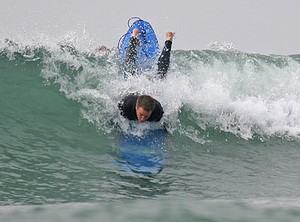
You get sucked underwater. The wave crashes right on top of you. You begin spinning and tumbling like you’re in a washing machine. This isn’t what you signed up for.
For what seems like an eternity, you’re tossed into the void. Your arms instinctively wrap around your head for protection.
Good thing you did, because your surfboard is being pulled back by its leash...WHACK...good thing you put your arms around your head.
Now the best part comes, you finally get a taste of that sweet, salty air...and the next wave comes to say hello in the only way it knows how - with all of its force landing atop your head.
The beauty of the wipe out. It’s poetic. Reminding us how truly powerless we are in the arms of the ocean.
Has this happened to you? When I first started surfing, I had this happen to me more times than I would like to admit. Maybe it was my youthful, reckless audacity, but whether it was 3 feet or 15 feet, I was trying to surf. I wanted to learn how to surf, and my lack of experience wasn’t going to stop me.
Looking back, please don’t make the same mistake I did. Take the time to read through this post, and avoid an extremely common kind of wipe out: Pearling, or nosedive.
Important: Wipe Out Safety
Being able to wipe out safely is an important skill to keep in mind when you start surfing. Knowing how to surf takes time. Learn how to wipe out properly and avoid any potential injuries. You can read more about how to wipe out safely here.
What is Pearling?
Pearling is a very common type of wipe out - that happens very often when people learn to surf. It occurs just as soon as a surfer is good enough to make it to the line-up but not yet ready for a stand-up wave. It’s a very not-so-sweet-spot in a surfer’s journey.
You’ve worked very hard to make it to the line up, but now you’ve still got a bit to go before you start standing up.
Pearling occurs when the front of your board, the nose, dips into the water when you are trying to catch a wave. With the nose of the surfboard digging into the water, the back of the board is launched up. This results in you getting launched off your board, smacking the ocean, and having the wave crash right on top of you.
Why is it Called “Pearling”
Pearling refers to a near-ancient art of “Pearl Diving”. A dangerous technique that would involve pear hunters jumping out of a ship and diving nearly 100 feet in a single breath. 
When surfers pearl during a wipe out, it looks like they’re diving into the the ocean...looking for pearls.
Avoid Pearling in Four Simple Steps
While there may be a few different reasons why you are pearling, this guide will cover all of them. Which, as a beginning surfer, will help you have all of your fundamentals in check.
Step 1: Make Sure You Are Paddling In the Right Position on Your Board
On a day without waves, or in the calmest water you can find, practice paddling. Pay attention to the front of your board. Your board should be near-level with the nose sticking out ever so slightly. Take note of where your body is on your board. Think about marking this either with wax or some tape. This is where you should be when you’re paddling.
It’s very common when we are starting to surf to have our bodies too far back (nose sticking up too much is like having the brakes on), or have our bodies too far forward (nose sticking in the water).
You may also want to find the right surfboard for your size at our surfboard match.
Step 2: Paddle, Paddle, Paddle
One of the main reasons why beginner surfers pearl is because they’re not paddling fast enough. Paddling is one of the most fundamental surfing skills. Ever notice how effortless for some surfers it is for them to catch a wave? They have great paddling form. They paddle with power and efficiency - and their chances for pearling are reduced greatly.
The faster you paddle, the more you are forgiven for weight in the front of the board. Think of a speed boat. When the boat is going fast, the front of the boat is way up. We want our surfboards to mirror this. Make sure you’re paddling with purpose when you’re trying to catch the wave. Brush up on your paddling skills here.
Many beginners will have the instinct to flail their arms out to the side, and paddle shallow. Don’t do this. It will keep you slow, you’ll have trouble catching the wave, and if you do, you’ll be in the wrong spot, not going fast enough, and probably wipe out. Make sure you are paddling close to the board and deep, putting in good, solid strokes.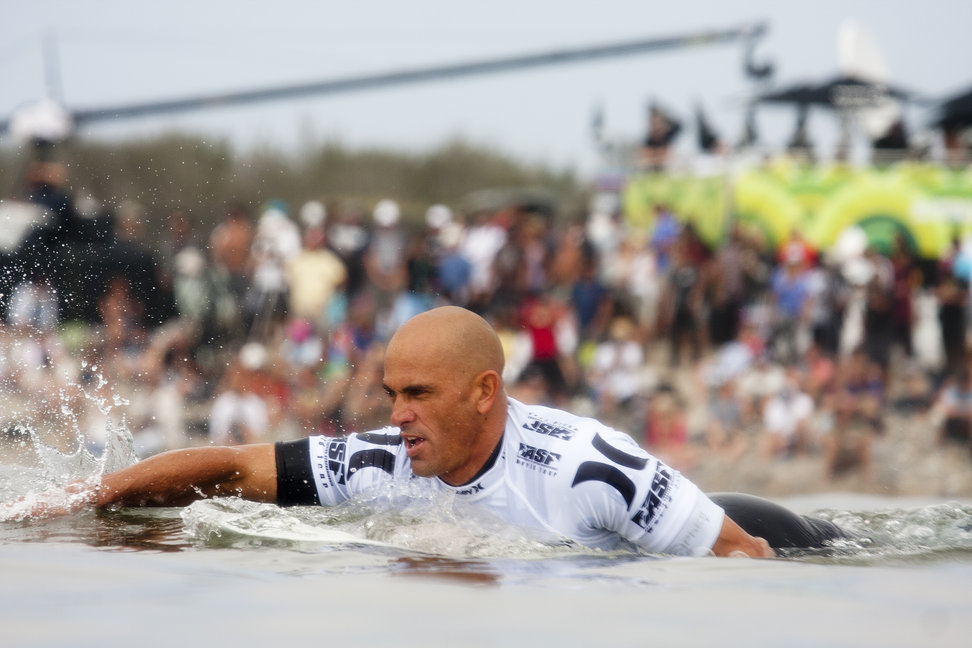
Step 3: Pop Up Sooner!
As beginning surfers start to fear wiping out, they will instinctively not try to pop-up (Instead, they just stay way back on their board, letting it pass right under them). If you wait to pop-up, the wave will a) pass you by or b) push your tail up, nose down, and you will pearl.
Attempt the pop-up, get your weight back, and you’ll actually reduce the amount of times you pearl. You’re also doing good surfing. Go for it! Pop-Up! Put your hands in position, arch your back in baby-cobra for a split second, get on your feet as soon as you feel the wave grab you.
Step 4: Look Over Your Shoulder
This one covers many mistakes that people make. A lot of times, beginning surfers are staring right at the nose of the board (especially if they’re checking to see if they are going to pearl), and pointing the board straight at the beach. If we stare at the nose of the board and point straight to the beach, it is likely we will miss the wave entirely - or worse - wipe out.
By looking over your shoulder, you can make the adjustments needed to catch the wave. Do you need to paddle faster? slower? angle left? angle right? not go at all? While it may be the hardest step in this guide, being aware of your surroundings is extremely important in catching a wave.
Final Thoughts:
It is possible that you may pearl 100 times when you start surfing. I did, and many others have similar stories. It all becomes worth it when you catch that first wave.
Remember, enjoy the journey.

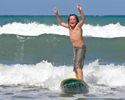
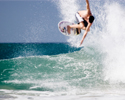
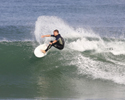

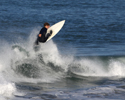
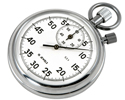
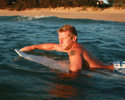
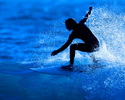
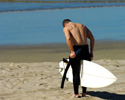
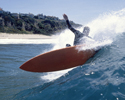
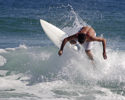
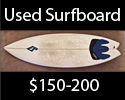
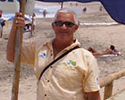
2 Comments